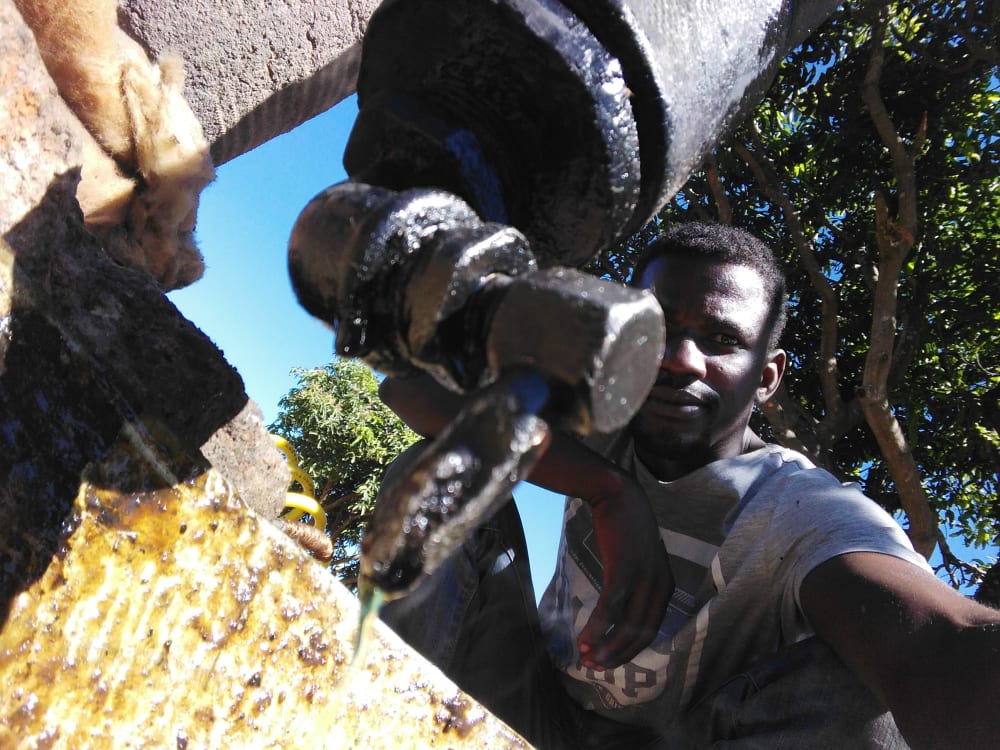The world produces about 380 million tons of plastic annually and less than 25% is recycled. Most of these plastics end up in our landfills, rivers and oceans. Dumping plastics in landfills leads to land degradation and the methane produced is a greenhouse gas 35 times more potent than carbon dioxide over a 20 year period. At least 8 million tons of plastic escape the coastal areas into oceans and this has seen marine life threatened the world over and the carbon footprint produced by burning or incenerating plastic waste contributes to global warming. For every kilogram of plastic burnt, about 6 kilograms of green house gases are produced.
At NanoXynergies we are providing a circular economy for plastics through thermal catalytic conversion of end of life plastic into high value petroleum products. We developed a nanocatalyst to use in the production of high quality diesel from waste plastic. Currently we operate a prototype that produces 20litres/hour of diesel from end of life plastic. Our process even takes care of those hard to recycle plastics and aim to scale this technology up so to process 10 tons of plastic waste per day. In the future the carbon black residue which is by produced will be converted into flash graphene which is a promising material used in the production of supercapacitors and batteries. Also graphene has a potential use in cement manufacturing. Experiments have shown that adding only 4% of this material to cement increases its strength by more than 30%.
Video
Like this entry?
-
About the Entrant
- Name:Cabinet Mhere
- Type of entry:teamTeam members:Cabinet Mhere
Probity Mushaikwa
Takudzwa Chifamba - Patent status:none

